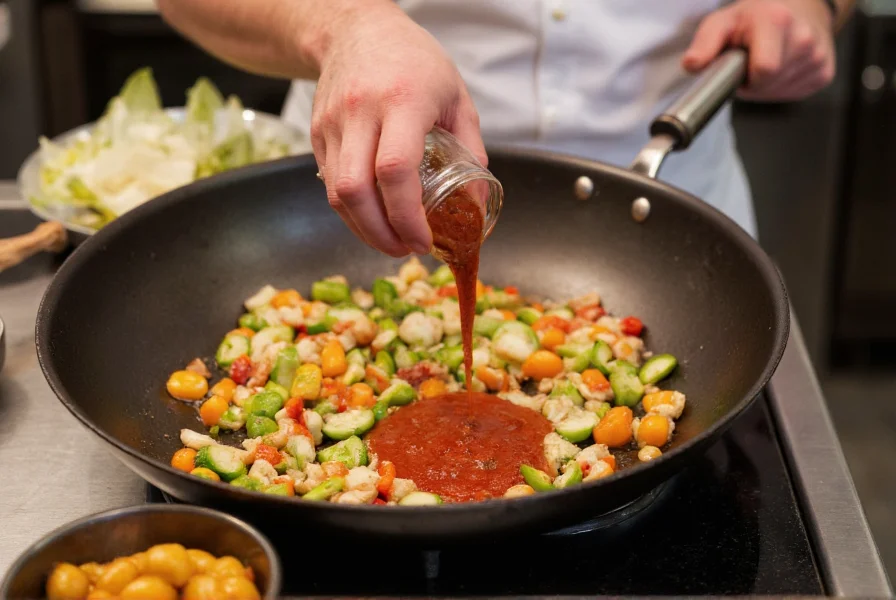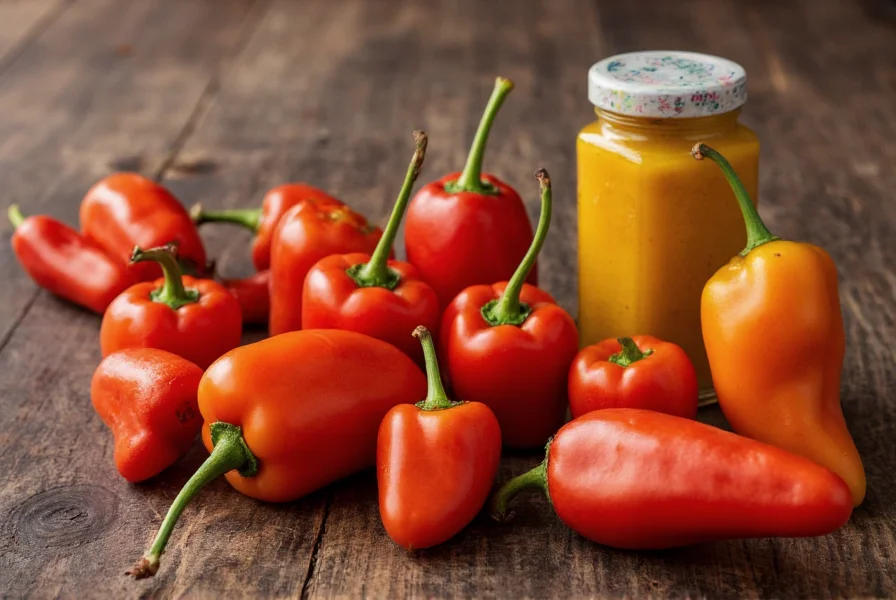Pepper sauces represent one of the most versatile categories in the world of spicy condiments, with varieties ranging from mild to extremely hot. These sauces primarily consist of chili peppers, vinegar, salt, and sometimes additional flavorings like garlic, fruits, or spices. The vinegar content not only preserves the sauce but also creates a distinctive tangy profile that differentiates pepper sauces from other hot sauce categories.

Understanding Different Types of Pepper Sauces
Pepper sauces span numerous regional varieties, each with distinctive characteristics. Traditional Louisiana-style pepper sauces like Tabasco feature a thin consistency and moderate heat from tabasco peppers aged in barrels. Mexican-style sauces often incorporate roasted peppers and may include tomatoes or tomatillos. Caribbean varieties frequently blend habaneros with tropical fruits like mango or pineapple for sweet-heat combinations.
When exploring different types of pepper sauces, consider these primary categories:
| Type | Pepper Base | Heat Level (Scoville) | Distinctive Features |
|---|---|---|---|
| Louisiana | Tabasco | 2,500-5,000 | Vinegar-forward, aged in oak barrels |
| Mexican | Jalapeño/Serrano | 1,000-20,000 | Often includes tomatoes or tomatillos |
| Caribbean | Habanero | 100,000-350,000 | Fruit additions, sweet-heat balance |
| Asian | Bird's Eye | 50,000-100,000 | Garlic/ginger notes, often with fish sauce |
Decoding Pepper Sauce Heat Levels
Understanding pepper sauce heat levels requires familiarity with the Scoville scale, which measures capsaicin concentration. Most commercial pepper sauces range from 500 to 50,000 Scoville Heat Units (SHU), though specialty sauces can exceed 1,000,000 SHU. The vinegar content actually affects perceived heat—higher acidity can make lower-heat sauces feel spicier initially, while sugar content can mask heat intensity.
When selecting pepper sauces based on heat tolerance, consider these guidelines:
- Mild (500-5,000 SHU): Suitable for everyday use, adds flavor without significant heat
- Medium (5,000-30,000 SHU): Noticeable heat that builds gradually
- Hot (30,000-100,000 SHU): Intense heat requiring careful portioning
- Extreme (100,000+ SHU): Specialized use only, often requires protective handling
Culinary Applications and Pairing Guide
Knowing how to use pepper sauce in cooking transforms ordinary dishes into extraordinary meals. The vinegar base makes these sauces particularly effective in cutting through rich flavors and adding brightness. For best results, add pepper sauces toward the end of cooking to preserve their volatile flavor compounds. When creating a pepper sauce pairing guide for different cuisines, consider these recommendations:
- Breakfast dishes: Louisiana-style sauces complement eggs and breakfast meats without overpowering
- Mexican cuisine: Serrano-based sauces enhance tacos and enchiladas
- Seafood: Caribbean habanero sauces with fruit notes pair beautifully with grilled fish
- Asian dishes: Thai bird's eye pepper sauces work well with stir-fries and noodle dishes
- Cocktails: A few drops elevate Bloody Marys and other savory drinks

Making Homemade Pepper Sauce
Crafting your own pepper sauce allows complete control over ingredients and heat levels. A basic recipe framework includes 1 pound fresh peppers, 1 cup vinegar, ½ cup water, 2 cloves garlic, and 1 teaspoon salt. After washing and roughly chopping peppers (seeds retained for maximum heat), combine all ingredients in a saucepan and simmer for 15 minutes. Blend until smooth, then strain if desired for a clearer sauce. Proper sterilization of bottles and maintaining pH below 3.8 ensures safe preservation.
When making homemade pepper sauce, safety precautions are essential. Always wear gloves when handling super-hot peppers, work in a well-ventilated area, and avoid touching your face. The capsaicin in peppers can cause severe irritation to eyes and sensitive skin. For beginners, starting with milder peppers like jalapeños before progressing to habaneros or ghost peppers is recommended.
Storage and Shelf Life Considerations
Proper pepper sauce storage directly impacts both safety and flavor preservation. Commercially produced sauces typically maintain quality for 1-2 years unopened, and 6-12 months after opening when refrigerated. Homemade versions generally last 3-6 months in the refrigerator due to less precise pH control. Always store pepper sauces in glass containers rather than plastic, as the vinegar can degrade plastic over time.
Signs of spoilage include mold growth, significant separation that doesn't reincorporate when shaken, off odors, or bubbling indicating fermentation. If any of these appear, discard the sauce immediately. For extended storage of homemade varieties, consider water bath canning to create a proper seal that prevents contamination.
Frequently Asked Questions
What's the difference between pepper sauce and hot sauce?
Pepper sauce specifically refers to vinegar-based sauces made primarily from chili peppers, while hot sauce is a broader category that includes various bases like tomatoes, fruits, or fermented ingredients. Pepper sauces typically have a thinner consistency and more pronounced acidic profile compared to many hot sauces.
How can I reduce the heat of a pepper sauce without losing flavor?
To reduce heat while preserving flavor, add acidic components like citrus juice or additional vinegar rather than sweeteners, which alter the fundamental profile. Dairy products like yogurt can neutralize capsaicin when served alongside, but won't change the sauce itself. For homemade sauces, using fewer seeds and membranes from the peppers during preparation creates a milder product.
Can I substitute pepper sauce for vinegar in recipes?
Yes, but with careful adjustment. Pepper sauce contains vinegar but also adds heat and pepper flavor. When substituting, use about 25-50% less pepper sauce than the vinegar amount called for, then adjust to taste. This substitution works particularly well in marinades, salad dressings, and braising liquids where both acidity and subtle heat are desirable.
Why do some pepper sauces separate over time?
Separation occurs naturally in pepper sauces without emulsifiers as the vinegar and oil components (from peppers) separate. This is normal and doesn't indicate spoilage. Simply shake the bottle well before use to recombine the ingredients. Commercial producers sometimes add xanthan gum to prevent separation, but traditional recipes rely on shaking before use.











 浙公网安备
33010002000092号
浙公网安备
33010002000092号 浙B2-20120091-4
浙B2-20120091-4